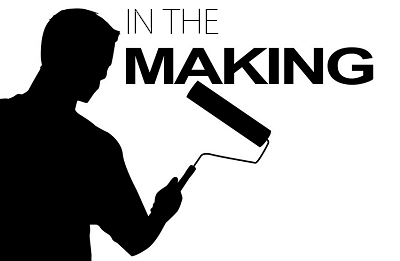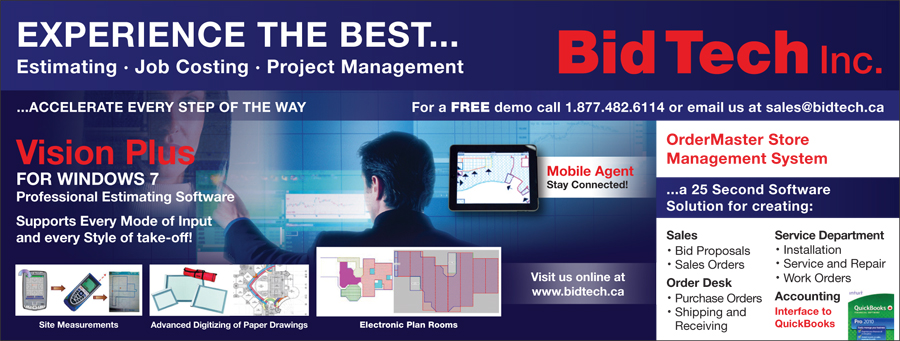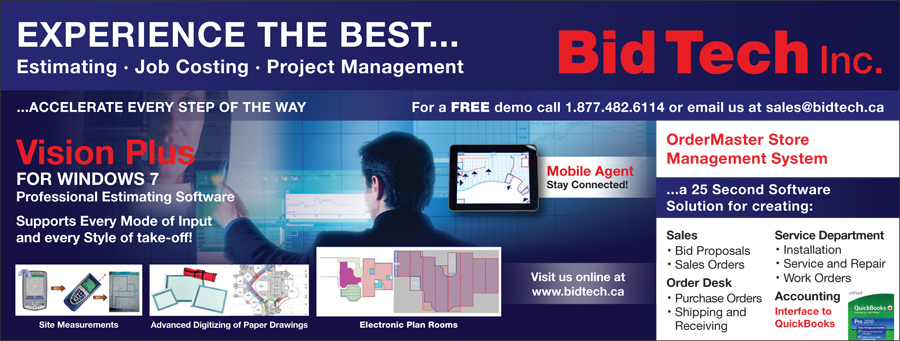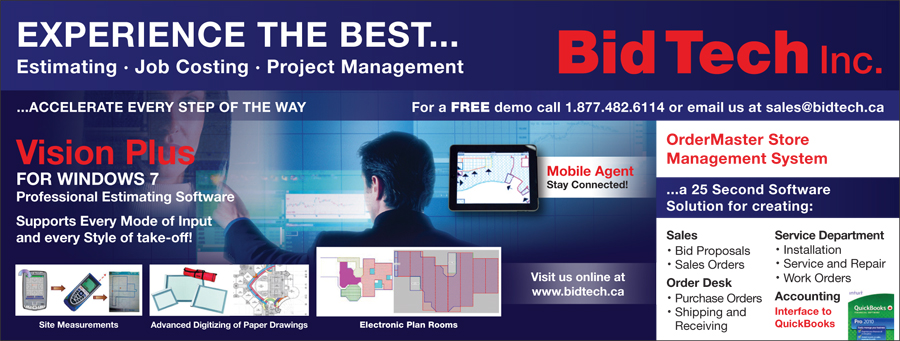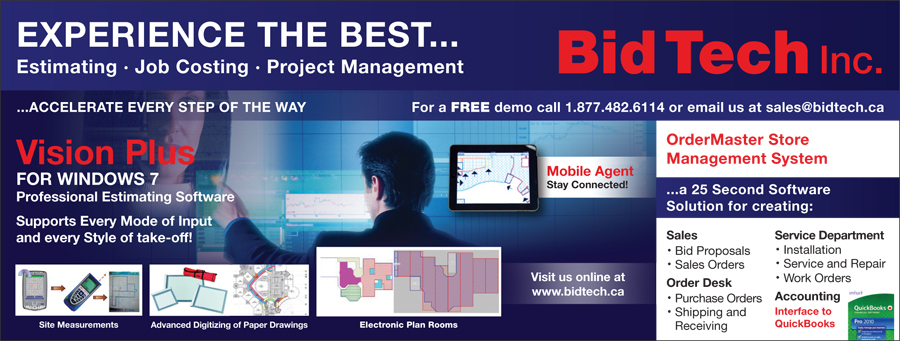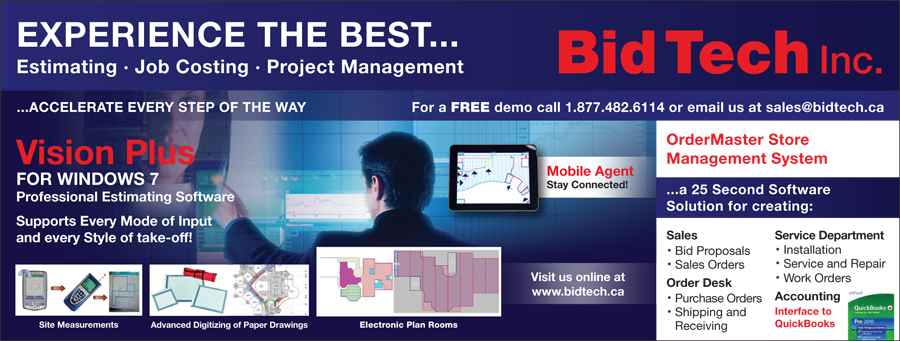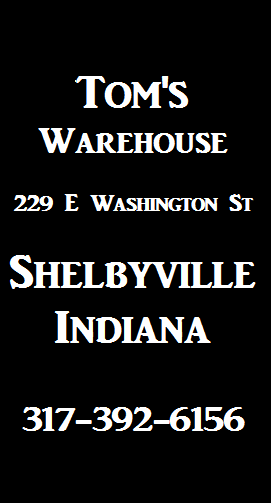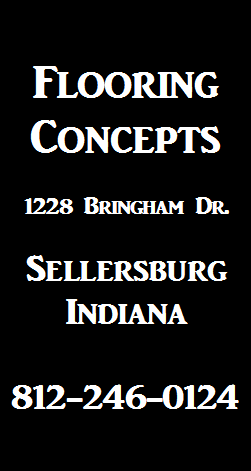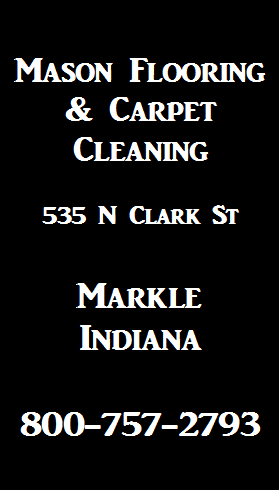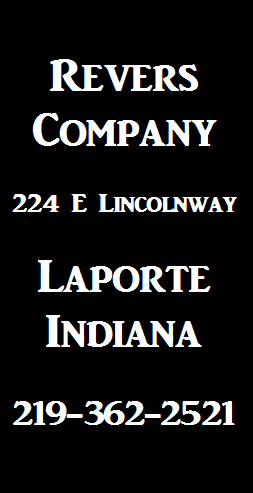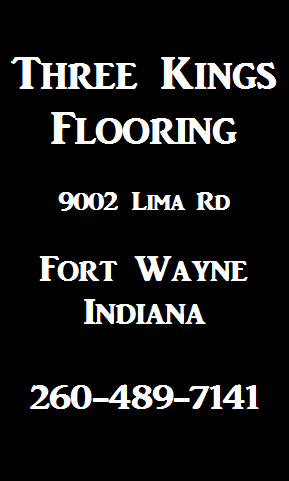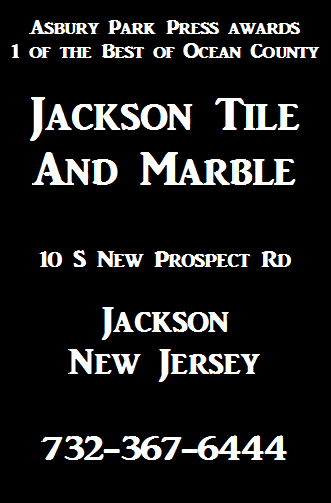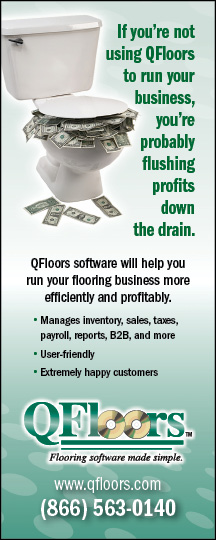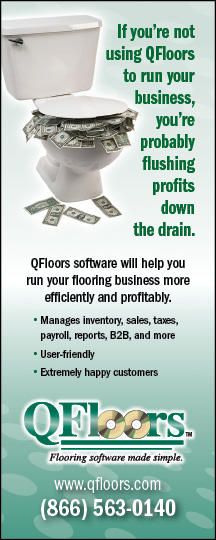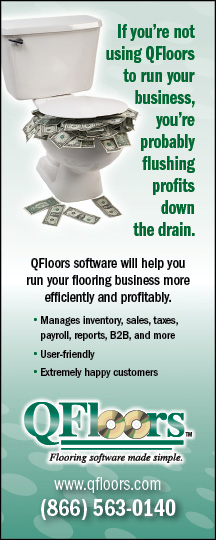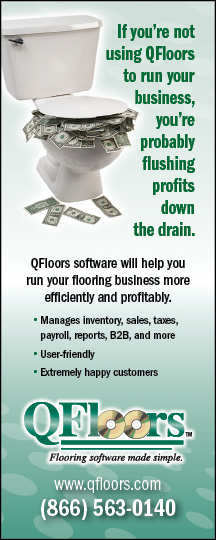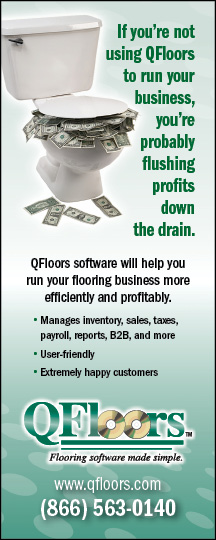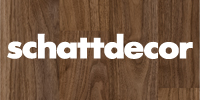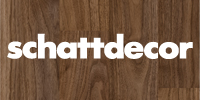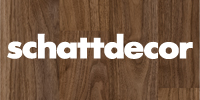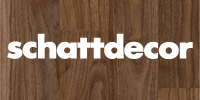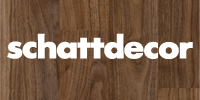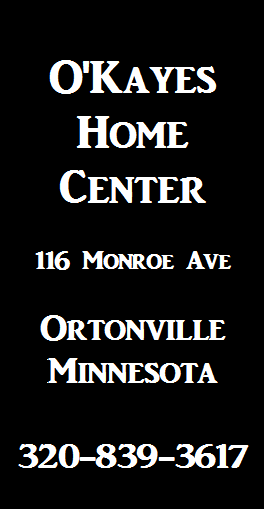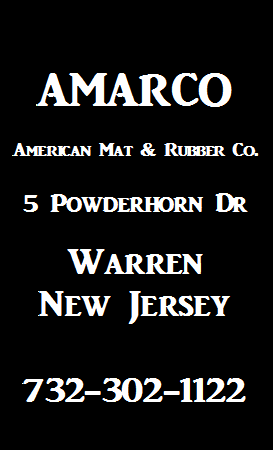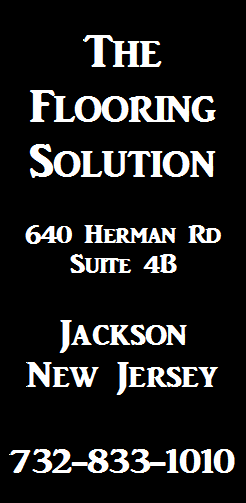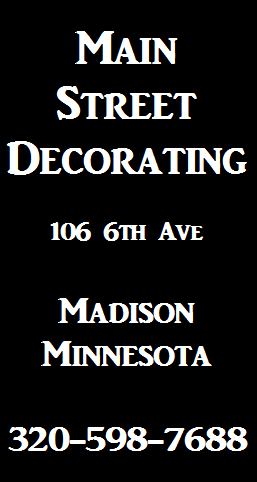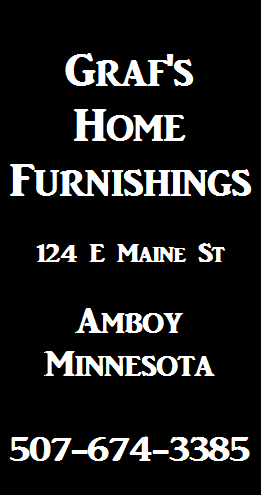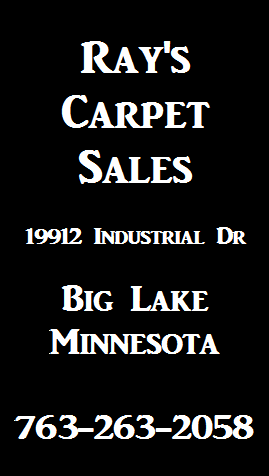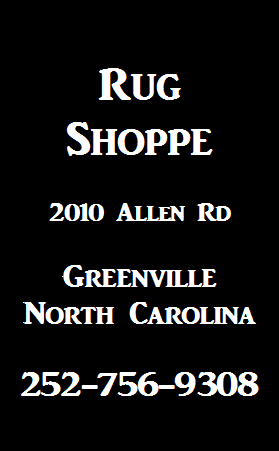
Written by Joe Flannick, American Business Software:
Inventory control software can be broken down into three main categories: “Off the Shelf” generic software, Vertical Market (or Industry Specific) software and Custom Software. Below is a copy of the pyramid chart I created for one of my presentations at the Coverings Show some years ago.
Some people discuss “Cloud based” software, or SaaS (Software as a Service) as a different kind of software. In reality, in is not a different type of software but rather a different method of delivering software. IBM's defines "Software as a Service" as "delivering an application or business process in a subscription model over the Internet". The advantage is that you can reap the benefits of having the software, while bypassing the hardware and some of the software investments. No in-house IT experts are needed and the maintenance costs are reduced. The difference is where the software is installed and where the database resides - on the company's premises or at the software vendor’s data center.
Custom software should be reserved for large companies that stock millions of dollars in inventory and have an in-house IT (Information Technology) staff. Custom software can be developed in-house or through a third party software company. A true custom software package will cost in the millions of dollars and will typically require a dedicated staff to keep it running.
Some of the primary reasons for inventory control software is to help insure that the company maintains the proper inventory level, that each SKU is not over stocked or under stock. Thus the software needs to interact with other areas of the company, such as purchasing to order products, with receiving when items are received, with order entry for availability, with invoicing to remove inventory from stock when they are sold and with the sales department to know how well a product is selling to help determine the reorder point.
Thus most Inventory Control software is typically not purchased as a single “stand alone” module. Rather is it typically an integral part of the larger software solution that runs the company, that is, part of the ERP (Enterprise Resource Solution) software. Integrated software automatically updates data in all of these other modules thus saving time, labor and reducing mistakes. For example, when someone places an order, they want to know if the inventory is in stock without going to a separate system to determine this. Inventory should be flagged as “sold” right away in real time to prevent the same item from being sold twice. Integrated software automatically passes data from system to system without reentering any information. Purchasing, receiving, order entry and invoicing directly update the inventory software. Other areas are integrated as well. Sales and commission information should be generated automatically. If the item was paid at the time of purchase, the cash receipts should be updated. If the customer is billed, Accounts Receivable is updated. All of this information needs to flow through to the General Ledger accounting system.
For the flooring, tile and stone industries, in many cases inventory control software is initially not of much of a concern especially during the startup phase. It isn't until the company grows and begins to stock products that a company needs inventory control software.
Most flooring companies start out by using “off the shelf” software such as Quick Books or possibly a generic POS (Point of Sale) software package. The advantages are that it's readily available, it's relatively inexpensive and it's easy to install. It gets the company somewhat automated right “out of the box”. It's a good starting point for companies that want a cheap and fast solution and don't stock a lot of inventory.
As the volume of transactions increase, especially when a company starts to stock inventory, they typically outgrow this software pretty quickly. The problem is that it is too “generic” and can't handle inventory for items like ceramic tile, stone, carpet and sheet vinyl. Since the software is not designed for the flooring industry, it is missing industry specific features and functions. Generic inventory control software assumes you buy and sell the product in a specific unit, such as cartons. It does not properly handle dye lots, run numbers, cartons, pieces, stone, cuts and other inventory issues specific to the floor covering industry.
Generic software assumes that one carton of a given SKU is the same as another carton. When installing field tile, you need to make sure that all the field tile for a given room comes from the same dye lot or run number. You wouldn't use field tile from different dye lots on the same wall just like you wouldn't use rolls of wall paper from different dye lots in the same room. Generic inventory control software doesn't understand dye lots; it treats all cartons of the same SKU as being equal.
Although ceramic tile comes in cartons and pieces, it's typically sold by the square foot. In addition, in some cases the square footage entered must be rounded to the next full size piece or carton especially when the store does not break cartons of a specific product. While there are a fixed number of square feet per carton, it's a third unit of measure which the generic inventory software can't handle. This software will not properly convert between square feet, pieces and cartons. If not adjusted, the amount shown on the invoice can be less than what it should be.
Thus once a company stocks inventory, they will start looking at software specifically designed for their industry. As a company's inventory grows, the importance of handling that inventory grows as well. Many retail stores have a large amount of money invested in this inventory. As this investment grows, it becomes more important to know what items are selling, where these items are located in their warehouse, what products they need to reorder and the amount of money they are making on these products. Maximizing “inventory turn” can be the difference between making money and losing it. POS (Point-of-Sale), pricing, security and commissions become more complex. Commissions are more likely to be based on a sliding scale related to gross margin, not just simply a flat percentage of the sale.
Companies typically move from generic, off-the-shelf software, to vertical market software for their industry since it is the most logical choice. However, one of the common mistakes companies make when they outgrow their “off the shelf” software and move into vertical market software is that they try to "add on" extra pieces to the general purpose software they already have. The reality is that in most cases, it's not only cheaper to replace all of the software with an industry specific package, but the industry specific solution will be far easier to use, more integrated and more streamlined than the “mix and match” approach.
The issue a company faces when adding new software is that it's unlikely that the new software will share information in a meaningful way with the existing software that is already in place. The more money a company has invested in their software, the more they feel they are throwing away money by replacing it. In some cases, people feel like replacing software is an admission that they made a bad decision when they installed the software in the first place. In many cases, it might have been the right software at the time, but "that was then, and this is now". Most people need to let go of this feeling.
As discussed above, companies want software which is integrated and rightfully so. It's very expensive to write programming which will allow two pieces of software to communicate. This becomes even more complex when the software was not designed for the flooring industry. For example, if someone is trying to match a dye lot for ceramic tile, they should be asked to select the dye lot or run number when the order is being placed, not when the person is picking the material in the warehouse. There is no way to communicate answers to a question which was never asked at the time the order was placed. Thus, even with even extensive programming to interface information, it won't solve the problems the same way that software designed for the industry will do.
Every time you add another software function which involves inventory, it costs a lot of time and money which the company wouldn't have to spend if the software was designed for their industry. Basically the company needs to pay the full cost of the software development. Companies can sink a lot of money into trying to interface the two pieces of software with very little return on investment. That is why in many cases it is far cheaper to replace than to integrate. That's not to mention the time and aggravation of “beta testing” something new. This large gap in price continues for future projects. In addition, when a company makes their own modifications to the software, they will most likely remain “frozen in time”. Upgrading to a new version is difficult since all of their changes need to be “ported” to the new version. Companies running a customized version of software don't have an opportunity to share the benefits of ongoing development with other flooring retailers and wholesalers in their industry. While there can be many advantages to custom software, virtually none of these benefits are realized when interfacing two pieces of software which the company doesn't own or control.
Then what are the benefits to custom software and why do many large companies have their own custom software? The more “finely tuned” software is to the needs of its business, the easier it is to stay ahead of the curve and react quickly. It's essential to growth. As a company grows, the extra cost added by not being as efficient as possible adds to labor and other costs, and hence the cost of doing business. These costs increase dramatically for large companies.

As an example, Sam Walton (of Wal-Mart) believed that in order to be successful, he needed a computer system which was "fine tuned" to his business needs. To illustrate this, the following paragraph was taken from an article in Fortune Magazine called “Sam Walton: Made in America”, written by John Huey, the managing editor of the magazine:
“As the (Wal-mart) chain began to take off, Walton made major adjustments to manage the growth -again always seeming to see ahead. As early as 1966, when he had 20 stores, he attended an IBM school in upstate New York. His goal: to hire the smartest guy in the class to come down to Bentonville, Arkansas and computerize his operations. He realized that he could not grow at the pace he desired without computerizing merchandise controls. He was right, of course, and Wal-Mart went on to become the icon of just-in-time inventory control and sophisticated logistics - the ultimate user of information as a competitive advantage.

Today Wal-Mart's computer database is second only to the Pentagon's in capacity, and though he is rarely remembered that way, Walton may have been the first true information-age CEO.”

Our company, American Business Software, bridges the gap between the large companies running custom software with large in-house IT staff and smaller companies with far smaller budgets. We accomplish this by offering custom software which is integrated directly into our current software package. As we constantly enhance our software, our client's custom software changes are part of the current version; they are not relegated to a “step child” version which becomes out-dated.
Our software and philosophy are flexible - our product can be molded and altered to suit client's unique needs. Most software packages are generalized where “one size fits all”. We take a different approach. We focus on our client's industry and their business. Typical software “best practices” do not consider things that distinguish a company from their competition. We don't tell our clients how to structure their business around the software; that’s like having the tail wag the dog. We will fine tune and customize our software for our client's unique way of doing business so that you're not using the same “cookie cutter” as their competition.

We are constantly making changes and enhancing our software. These enhancements are included at no charge as part of ongoing support. Our FloorPro® software is always growing, expanding and keeping up with technology. The difference is that we don't discontinue support of our software product and then force our clients to buy our latest version. Most software companies - especially large ones - do this periodically. Not only is that expensive, but by doing this a company loses all of their software tweaks!
The makers of generic software don't make business decisions about their software with regards to what is happening in the floor covering industry; it's not even on their "on their radar". I can tell you that's not the case with our company - we make our living in the tile, stone and flooring industry so it's “front and center” on our radar.





